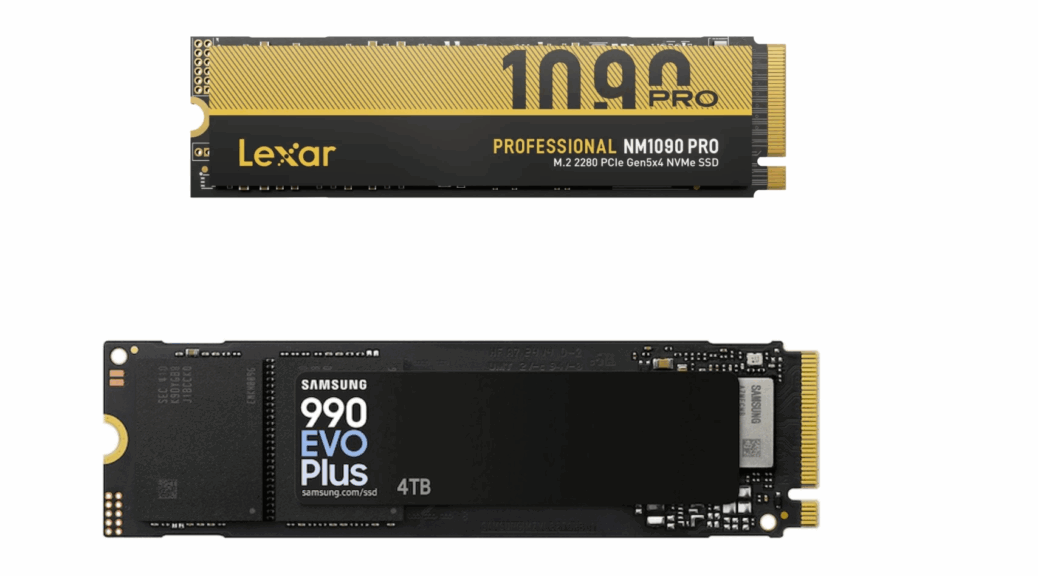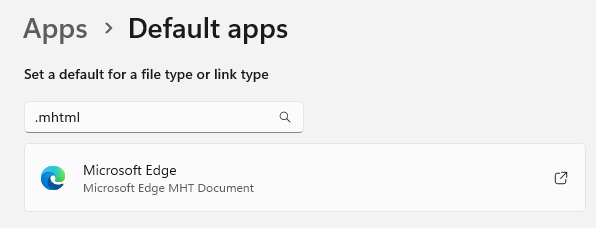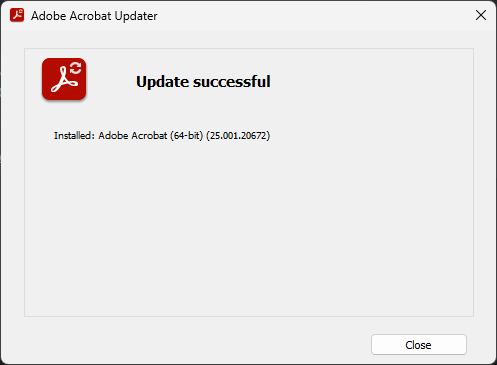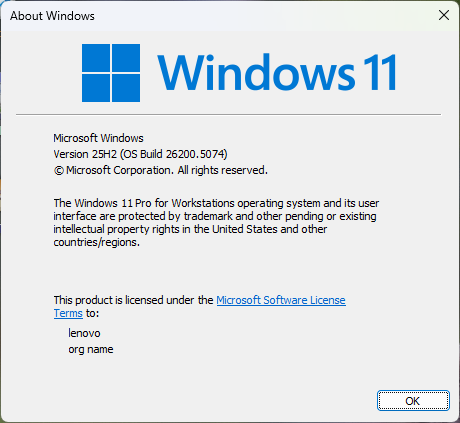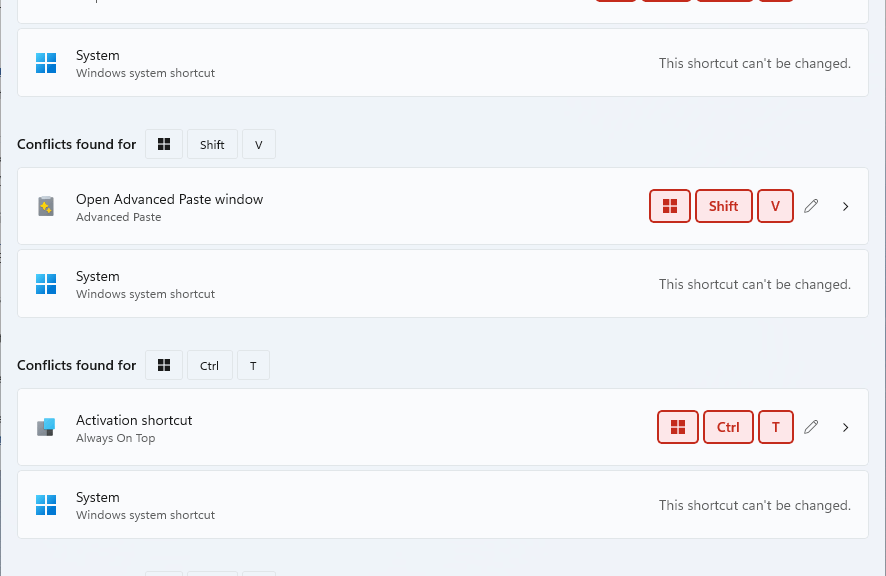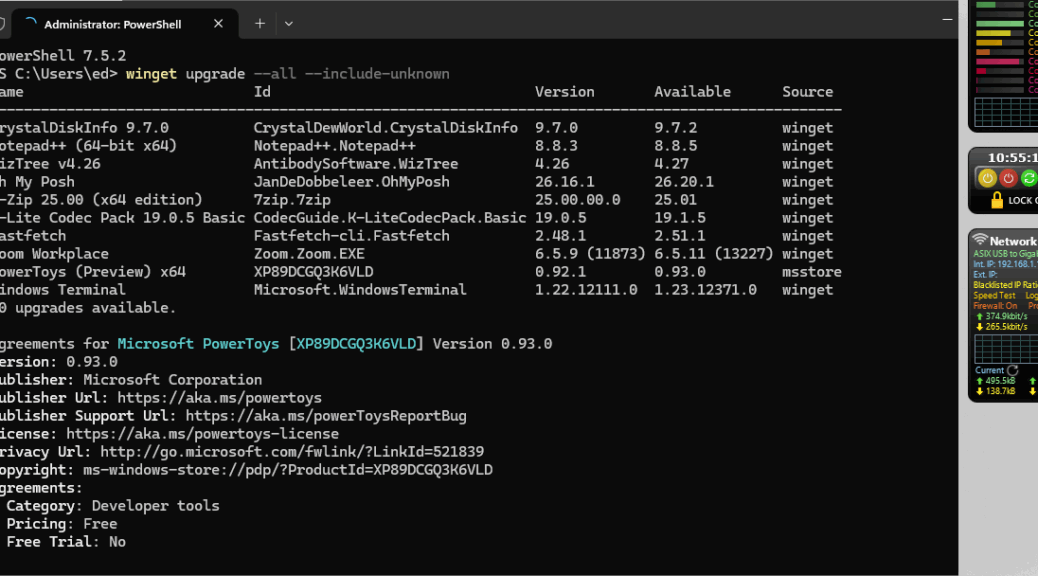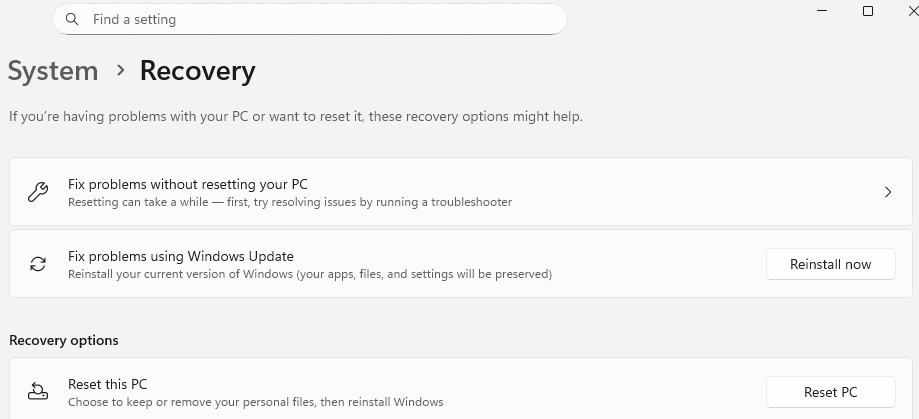I admit it: I’m something of an SSD nut. I’ve been fascinated with these solid-state alternatives to spinning media since they first appeared in the mSATA days. Indeed, I acquired my first SSD in 2008, in the form of a SATA based Intel X25-M. I jumped on the mSATA bandwagon early in 2011, about two months after Intel dropped its M.2 SSD 310. Over the past decade and more, I’ve spent far too much time wondering if the latest performance boost is worth the typical doubling in cost over previous generations that vendors exact for riding on the bleeding edge. Here’s what I think…
When Pondering Performance Premiums, Don’t Forget Price
I bought a very nicely priced Samsung 990 EVO Plus 4TB Gen4 NVMe to include in my current desktop build earlier this summer. It set me back just over US$200. I was just reading about a new offering from Lexar — the NM1090 Pro 4TB — that costs “just $360” in the words of that story’s title. The difference is what got me thinking about today’s musings.
The thing about leading edge hardware is the whole device chain. That means it’s not just the drive itself in this case, but the slot into which it plugs, the bus upon which it rides, and the motherboard that houses all the pieces and their connections. Here at Chez Tittel, I have perhaps one or two systems — both laptops — that could use the Gen5 high-speed capabilities the Lexar drive can deliver. I own neither of them (one is on loan from Lenovo, the other from Dynabook).
Getting There from Here Is More Than a Ride
Taking full advantage of the leading edge means a leading edge rig in which to house a leading edge drive. Right now, building such a system would cost me over US$2,000 (maybe even over $3K if I want to max out on the GPU side, too).
My strategy is to hang back one generation when building, because I can get reasonable performance for half the cost of buying into whatever the state of the art might be at purchase time. Of course, that means my build will be obsolete a bit sooner, but gosh: saving 50% lets me buy in more often at a lower overall cost. I happen to think that’s the right way to go.
Here in Windows-World, buyers can do as they like. I’d rather stretch my dollars a bit further, and use them more sparingly. But then, I’m not a gamer, nor do I run many applications where my productivity is diminished because I can’t operate at max bandwidth. What’s your take?
